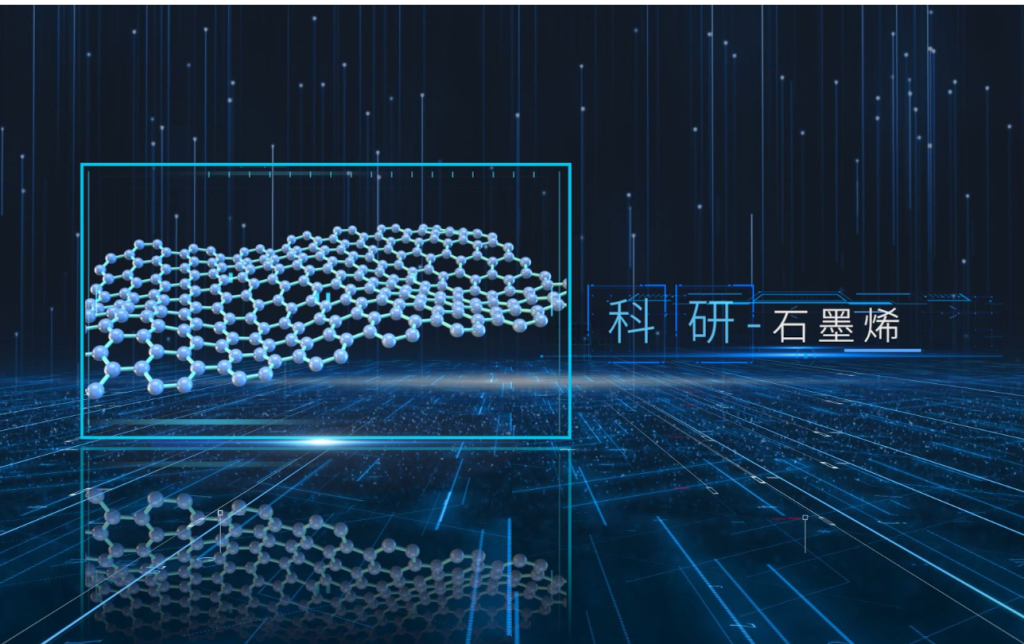How Much Does Graphene Cost in the USA?
Graphene, celebrated as a “wonder material,” has gained widespread attention for its remarkable properties, such as exceptional strength, electrical conductivity, thermal resistance, and flexibility. These attributes make graphene highly sought after in industries ranging from electronics and aerospace to renewable energy and medicine.

Modern graphene production methods enable the development of materials suitable for both research and industrial applications. From monolayer graphene to multilayer graphene nanoplatelets, the versatility and quality of this material have made it indispensable for cutting-edge technological advancements.
In the United States, graphene is available in various forms, and its cost varies significantly depending on factors such as production method, quality, quantity, and intended application. Below is a detailed breakdown of the typical price ranges for graphene materials in the U.S. market.
Types and Costs of Graphene in the USA
Monolayer Graphene
Monolayer graphene is the highest-quality graphene and is primarily used for research and niche applications, such as advanced sensors or semiconductors.
- Price Range: Starting at $200 per square centimeter for research-grade graphene.
- Applications: Flexible electronics, quantum computing, and photodetectors.
Graphene Oxide (GO)
Graphene oxide is a widely used derivative of graphene, notable for its functional groups that enhance compatibility with other materials.
- Price Range: $80–$200 per gram for research-grade GO. Industrial-grade GO can cost as low as $10–$50 per gram.
- Applications: Membranes for water purification, composite materials, and biomedical research.
Reduced Graphene Oxide (rGO)
Reduced graphene oxide is a more cost-effective alternative to monolayer graphene, offering excellent conductivity while maintaining compatibility with various composites.
- Price Range: $50–$150 per gram for high-quality rGO.
- Applications: Conductive inks, supercapacitors, and battery electrodes.
Graphene Nanoplatelets (GNPs)
Graphene nanoplatelets are multilayered forms of graphene with a balance of cost-effectiveness and functionality, making them ideal for industrial applications.
- Price Range: $10–$50 per kilogram for industrial-grade GNPs. High-purity GNPs for research purposes may cost $500–$2,000 per kilogram.
- Applications: Thermal management, polymer reinforcement, and coatings.
Bio-Based Graphene
Emerging as an eco-friendly option, bio-based graphene is derived from natural precursors and shows promising scalability.
- Price Range: Pilot-scale production costs typically range from $100–$500 per kilogram.
- Applications: Sustainable materials, energy storage, and lightweight composites.
Factors Influencing the Cost of Graphene in the USA
Production Method
The production technique—mechanical exfoliation, chemical vapor deposition (CVD), or chemical reduction—greatly impacts cost. CVD produces high-quality graphene but is more expensive, while chemical methods are more suitable for large-scale production.
Purity and Quality
Higher purity levels (e.g., monolayer graphene) demand more complex processes, raising costs. Conversely, industrial-grade materials with more layers and fewer structural requirements are more affordable.
Quantity and Scale
Smaller quantities, especially research-grade graphene, are sold at premium prices. Bulk orders of industrial-grade graphene significantly reduce the per-unit cost.
Application Needs
Specialized applications, such as biosensors or photodetectors, often require highly tailored graphene, increasing the cost due to additional customization steps.
Graphene’s Affordability for Small Businesses
Graphene is becoming increasingly accessible for small businesses thanks to the growing number of suppliers and scalable production technologies. While high-end graphene products remain costly, affordable alternatives like GNPs and graphene oxide have made this material a viable choice for innovative startups.
Cost-Effective Options
For companies with limited budgets, industrial-grade graphene nanoplatelets, starting at $10 per kilogram, can be an economical entry point. These materials are excellent for applications like composite enhancement and thermal management.
Long-Term ROI
Investing in graphene can improve product performance and open up new markets, ensuring long-term returns. For instance, incorporating graphene into battery materials can lead to higher energy efficiency, reducing costs in the long run.
Financing Opportunities
Many suppliers offer financing plans or bulk discounts, making it easier for small businesses to integrate graphene into their operations without significant upfront expenses.
How to Choose the Right Graphene for Your Needs
- Identify Your Application: Determine the required properties, such as conductivity, strength, or flexibility, to narrow down your choices.
- Understand Specifications: Review key factors like flake size, purity, and defect density to ensure compatibility with your intended use.
- Compare Suppliers: Reputable brands like First Graphene and HydroGraph offer high-quality graphene with strong customer support.
- Consider Budget and Scalability: Start with affordable options like GNPs or GO for initial projects, and scale up to higher-quality graphene as needed.
Conclusion
Graphene’s cost in the USA varies widely based on its type, quality, and intended use. From $10 per kilogram for industrial-grade graphene nanoplatelets to $200 per square centimeter for monolayer graphene, there are options for every budget and application. Understanding your specific requirements and exploring cost-effective suppliers can help businesses and researchers unlock the full potential of this revolutionary material.
Would you like to learn more about sourcing graphene? Contact us at GrapheneRich.com for professional guidance and high-quality graphene products.

